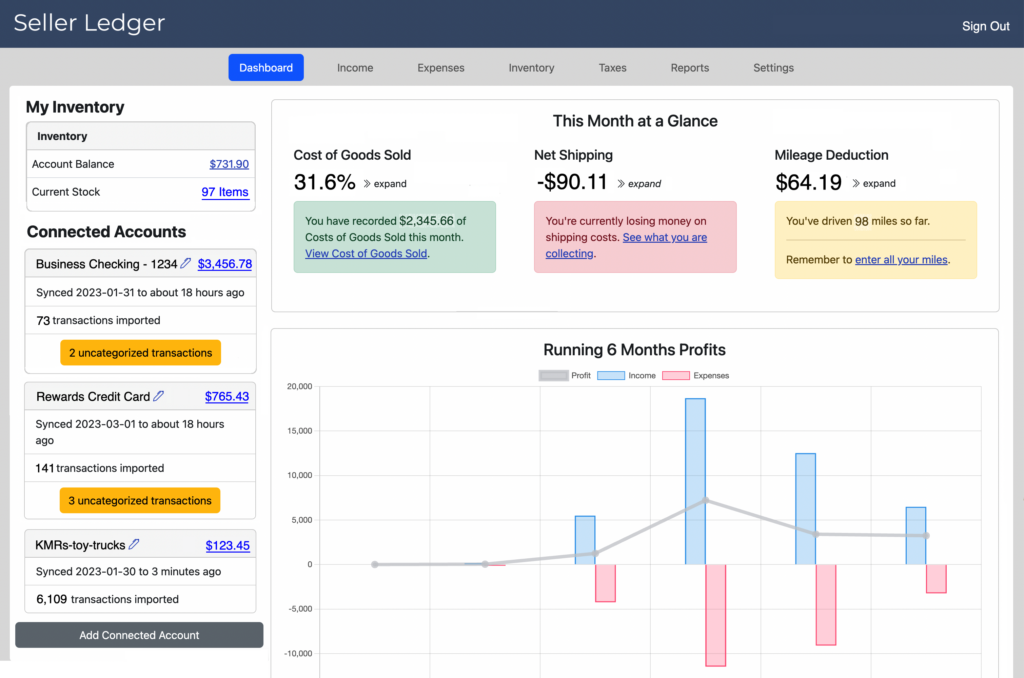eCommerce Gross Margin
What is it, why is it important and how is it calculated?
Gross Margin is arguably the most import metric when evaluating the health of your eCommerce business. It measures how much profit you make on the items you sell, factor in only the costs to make or produce them. It is usually represented as a percentage of revenue.
What is it?
One way to think of it is the average “mark up” on each item you sell. We’ve also heard other sellers refer to it as ROI (return on investment) on product purchases. It ignores all of the other costs required to run a business, and simply tells you how much more you can sell a product for than it costs to to make or acquire.
Why is it important?
The reason we say gross margin is critical for analyzing an eCommerce business is because it dictates how much money you have left over to spend on all other expenses to run your business. If you aren’t making much money on each sale, you have to put a lot of energy into other techniques to drive your overall business profitability – for example, selling a LOT more product, or really managing your operating expenses.
They say in real estate investing that “you make money on the buy.” Well, in eCommerce, you can say that you make money on the sourcing.
How is it calculated?
The starting place for calculating gross margin is to first calculate gross profit, which is quite easy:
Gross Profit = Revenue – Cost of Goods Sold
As you can see, getting started on this calculation requires that you are accurately tracking “cost of goods sold.” The cost of items or raw materials purchased are pretty straightforward, but don’t forget to include other inbound costs like sales tax, shipping and handling.
Once you have Gross Profit, the formula to calculate gross margin is:
Gross Margin = Gross profit / Revenue
Now, this formula applies across all of your sales, but to make things simple, you can also look at it for a single sale. Let’s take an example where make or acquire and item for $6 and sell it for $10. That would mean the gross profit on that sale was $4 and the gross margin is 40%
So what’s a “good” gross margin for an eCommerce business?
There is no single good answer here, because market conditions often produce different numbers based on the types of products you sell. Competition within product categories certainly affects these rates. In fact, Jeff Bezos, founder of Amazon, once said “your margin is my opportunity.”
This being said, we’ve uncovered a few resources that talk about ranges that can give you a rough idea on how you’re doing:
1. NYU’s Stern School of Business used to break out retail (online) sales and, as of 2021, reported an average gross margin for those online retailers of 42.53%. Note, this was based on a survey of 75 businesses, so there might have been some sampling bias.
2. This 10-year old report from Marketing Sherpa indicates that the average gross margin for an eCommerce business doing under $1M a year in revenue is around 30%, where those who get to $1M a year or more hover around 40%.
3. This thread on Reddit from Amazon sellers, where the ranges are varied (as are the numbers folks are using to calculate,) but most appear to be 30% or less.

Understand YOUR gross margin
By automating sales across channels, and simplifying cost of goods tracking, Seller Ledger makes it easy to know how you’re doing on your most important measure of success.
